Stitching stories of hope and beauty from prison
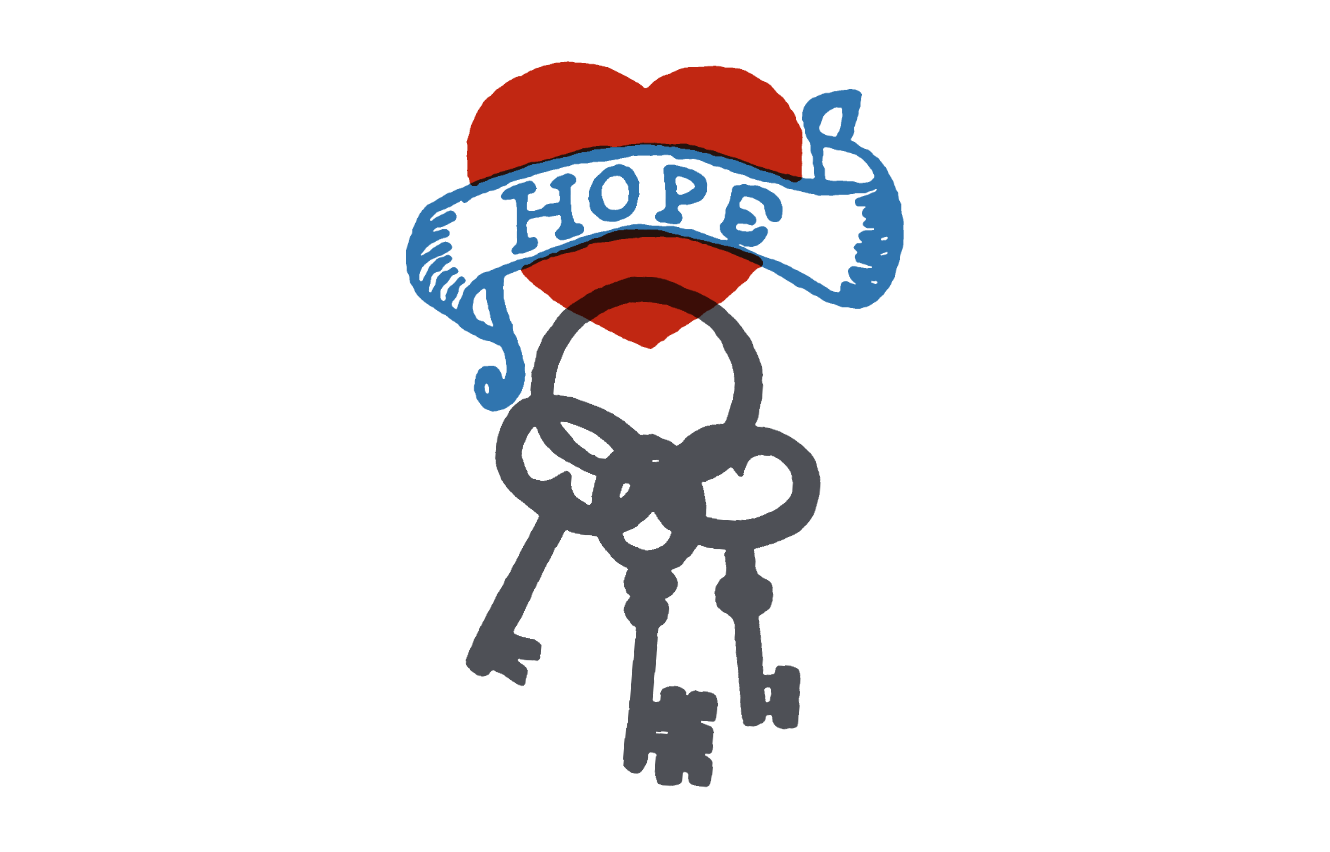
Since before the pandemic (hard to recall, I know), I’ve been working on the editorial team for a new book, Threads of Time. It celebrates 25 years of Fine Cell Work, the charity that helps rehabilitate prisoners by teaching them needlework skills.
Our Crowdfunder for the book goes live today. Do please support this book if you possibly can.
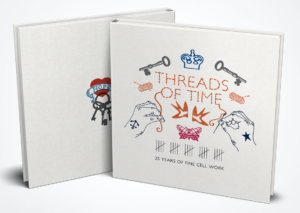
The book is designed by David Caines
About Fine Cell Work
Since 1997, Fine Cell Work has provided highly-skilled, creative, paid work to more than 8,000 prisoners to foster hope, discipline and self-esteem. Working in 30 prisons across the UK, its aim is to enable prisoners to lead independent, crime-free lives.
For 25 years, Fine Cell Work has taught expert needlework skills to men and women in British prisons. Now, for the first time, this book tells the stories behind some of the charity’s most significant stitched works, such as a quilt depicting life at HMP Wandsworth, designed and created by inmates of the prison.
Renowned authors appear in the book
Authors Tracy Chevalier, Esther Freud, Louis de Bernières, Isabella Tree and more than 30 other writers are taking part in this unique collaboration of words, art, design and needlework to celebrate 25 years of prisoner rehabilitation programmes from Fine Cell Work.
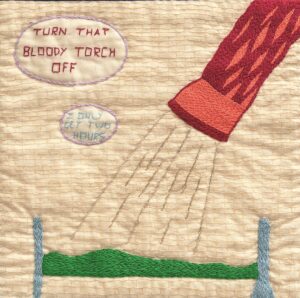
Detail of the Sleep Quilt commissioned by Tracy Chevalier
- Tracy Chevalier, author of ‘Girl with a Pearl Earring’, is also a quilter and a Patron of Fine Cell Work. She writes a chapter on The Sleep Quilt, which she commissioned from the charity. Seventy prisoners in eight prisons took part in the project.
- Esther Freud has written nine novels and a stage play, ‘Stitchers’, which is based on the life of Fine Cell Work Founder, Lady Anne Tree. Here, she writes about Little Geometrics, the first piece of needlework that prisoners are given to stitch.
- Louis de Bernières is the author of ten novels, including the international bestseller ‘Captain Corelli’s Mandolin’. He writes about the ‘Toby cushion’, Fine Cell Work’s first pet commission, which features his much-loved cat.
- Isabella Tree is an award-winning author whose latest book, ‘Wilding – the Return of Nature to a British Farm’, is published by Picador. She is a Patron of Fine Cell Work and the daughter of Lady Anne Tree, the charity’s founder. Isabella writes about a tablecloth covered in fantastical flower designs stitched by an ex-prisoner in a barrio of Bogotá.
From cushions to prison quilts
The book showcases some of the charity’s most popular stitched products, including a prison calendar cushion designed by A A Gill and a quilt depicting HMP Wandsworth, which was created by 52 prisoners and subsequently exhibited at the V&A.
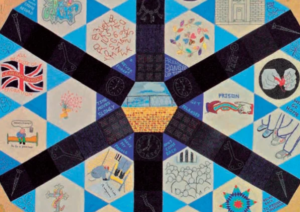
The quilt designed and stitched by 52 prisoners at HMP Wandsworth
In the book, you’ll hear about Clive, one of the stitchers of the HMP Wandsworth quilt. He drew up a design using an architectural plan of the prison, which he found in the library. The hexagon shape was perfect as a quilting motif. Unfortunately, Clive’s design was confiscated for a short time. A prison guard thought he was planning his escape and deemed the drawing a security risk.
‘My’ Magna Carta
The book also features stitched works designed by artists including Ai Weiwei, Idris Khan and Cornelia Parker. I was lucky enough to be asked to write a chapter on Cornelia Parker’s ‘Magna Carta: An Embroidery’. This incredible embroidery, longer than a London bus, was first exhibited at the British Library for a show commemorating 800 years of the Magna Carta.
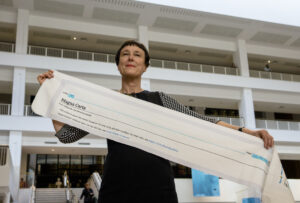
Artist Cornelia Parker holds part of her Magna Carta embroidery
In my chapter, I discover how over 200 people crowd-stitched their part in the embroidery. The creation of the artwork followed numerous twists and turns. Made in many parts, one was accidentally thrown into a fire along with Christmas wrapping paper. Another was mislaid in prison. Yet another made a top secret journey into Russia, so Edward Snowden could add the word ‘liberty’. Then it was lost in limbo for a while, before making it back to London just in time for the exhibition.
Please support this book
If you possibly can, please support this book and share news of it. We have just four weeks to raise the money we need to make it happen. Thank you!